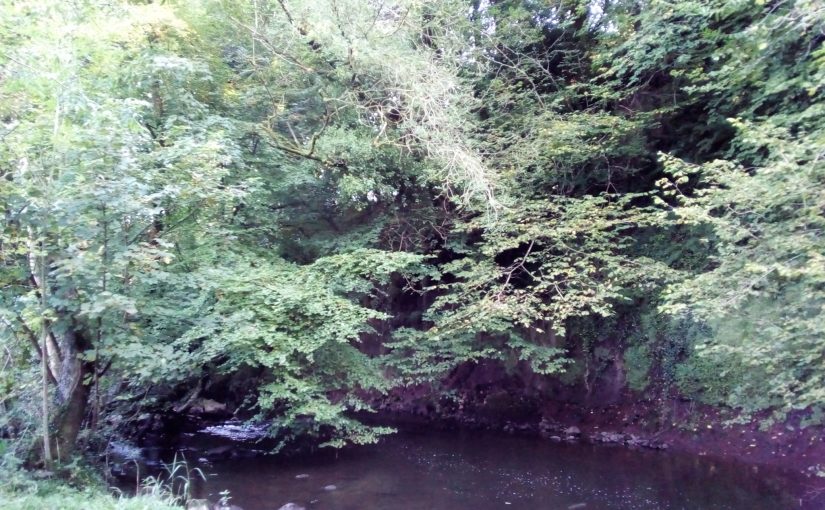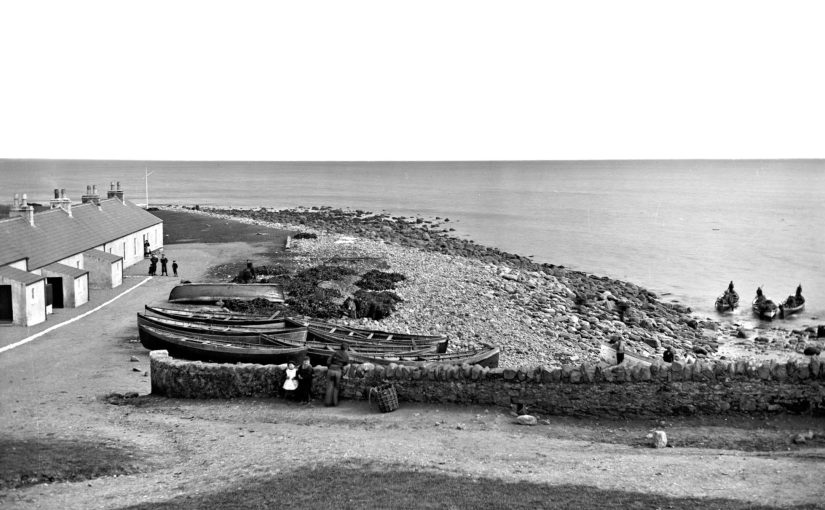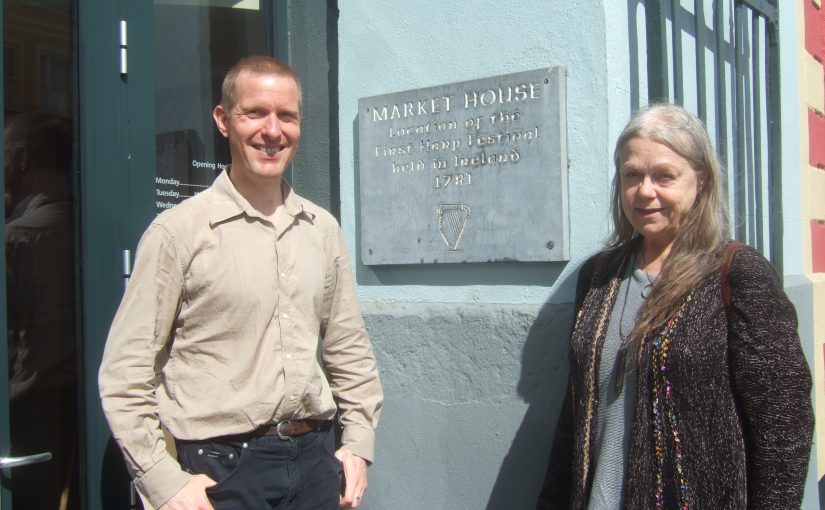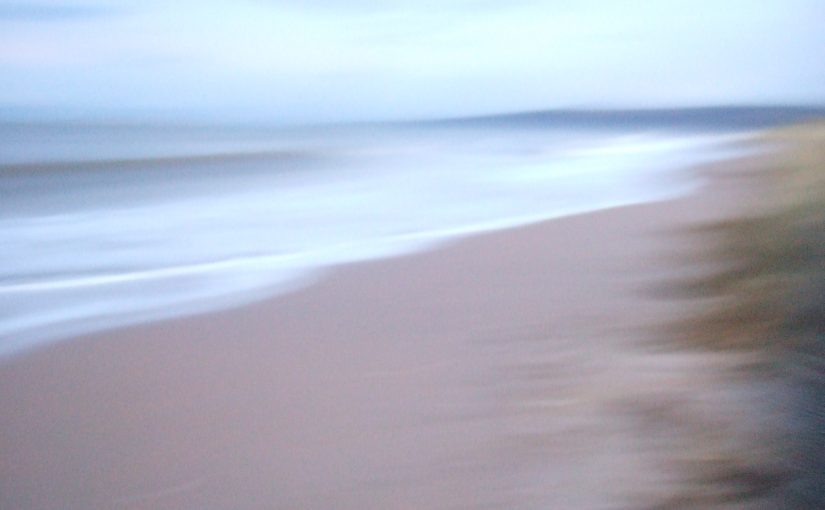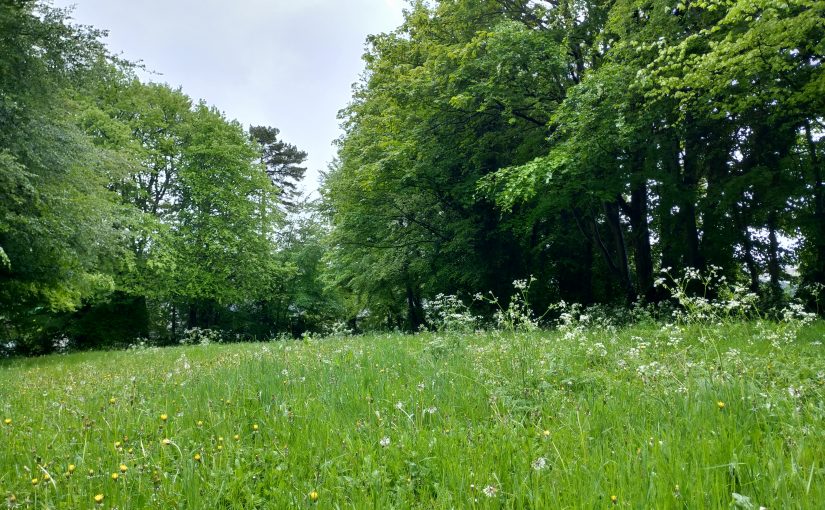Daniel (or Donald) Black was a traditional Irish harper in the 18th century. He was alive in 1792 and so we have to say something about him as part of my Long 19th Century project, to investigate the traditional Irish harpers who were active from 1792 onwards.
Continue reading Daniel BlackTag: ms29
Rose Mooney
Rose Mooney was a traditional Irish harper in the second half of the 18th century. She was still alive after 1792 which means that, as part of my Long 19th Century project, I have to try and say something useful about what she was doing from then onwards.
Continue reading Rose MooneyKate Martin
Kate Martin was a traditional Irish harper in the 18th century. We have only a few references to her, and they are all retrospective. Some of them imply or state that she was still alive at the beginning of our Long 19th Century study period, but I think this is not reliable information. This post is to discuss the information we have to see if we can say anything useful about Kate Martin from 1792 onwards.
Continue reading Kate MartinFéachain Gléis
When I started my Old Irish Harp Transcription project, one of my aims was to move away from what had been happening before, where people focussed in on particularly interesting, curious or unusual tunes, and studied them intensively while kind of ignoring the broad context of other tunes in the manuscripts.
However, now that I have pretty much gone through all of the “ordinary” harp tune transcriptions I am just left with those unusual ones. I did consider ignoring them but I think there is value in dealing with them. But I think I have to do them a bit differently.
So, for this tune we will discuss four aspects of it. First, we will look at its position in the manuscript, which raises some important questions about Bunting’s collecting process. Then, because it is one of the most studied old Irish harp tunes, we will briefly consider what other people have written about it. Thirdly, we will talk a little about parallels in other traditions. And finally we will think about it in the context of a pentatonic modes analysis.
Continue reading Féachain GléisCoolin, or Lady of the Desert
The Coolin, or the Lady of the Desert, has been discussed a lot by Irish harp scholars over the years, most recently by Siobhán Armstrong in her PhD thesis (Middlesex 2020). However it is an incredibly muddled subject. I am not sure if we have one tune or two; I am not sure if the titles are connected or garbled; the live transcription notation from a harper looks like it has been heavily over-written and edited, so that we cannot see the initial live transcription dots; and in general this is the kind of problem notation that I have been silently skipping over in my Old Irish Harp Transcriptions Project.
However we should try to begin untangling some of these threads, and try to say something useful about all this.
Continue reading Coolin, or Lady of the DesertMystery Dots
In Edward Bunting’s transcription pamphlets from the 1790s, there is a page which has a whole load of dots and titles that I don’t understand. On this post we will look at this page and see if we can make any sense out of any of it.
Continue reading Mystery DotsDawn of Day
In the 1790s, Edward Bunting made a notation of a tune titled “Dawn of Day”, apparently as a live transcription from the playing of the old Irish harp tradition-bearer Denis O’Hampsey.
In this post we will have a look at the live transcription notation and try to say something useful about it.
Continue reading Dawn of DayJohn Jones
In one of Edward Bunting’s little collecting pamphlets from the 1790s, there is a two-page opening containing a live transcription notation and expanded neater version, or the tune of John Jones. You can see the two pages online. They are Queen’s University Belfast, Special Collections, MS4.29 page 164/162/171/f80v and page 165/163/172/f81r
Continue reading John JonesTrue love is a tormenting pain
Some time in the 1790s, Edward Bunting made what looks like a live transcription of the tune of True love is a tormenting pain, from the playing of the elderly Irish harper and tradition-bearer, Denis O’Hampsey.
The page with the live transcription notation on is now Queen’s University Belfast, Special Collections, MS4.29 p.160/158/167/f78v.
In this post we will look briefly at the live transcription notation, to see what it can tell us about traditional Irish harp performance style and idiom.
Continue reading True love is a tormenting painCad é sin do’n té sin nach mbaineann sin dó
In the 1790s, Edward Bunting made a transcription of the tune of Cad é sin, live from the playing of the traditional Irish harper Denis O’Hampsey.
In this blog post we will briefly go through what we know about this live transcription notation and what it might tell us about traditional Irish harp performance style.
Continue reading Cad é sin do’n té sin nach mbaineann sin dó